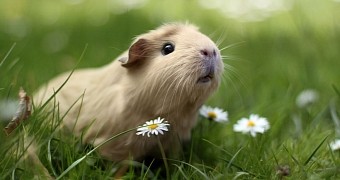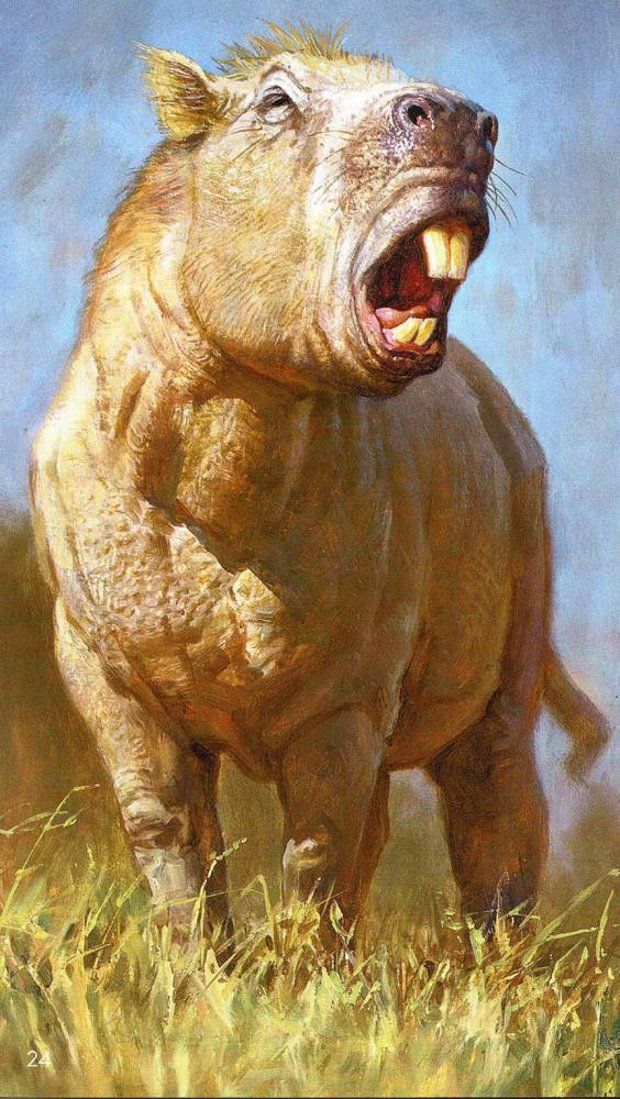About 3 million years ago, the lands we now call South America were populated by a seriously bizarre rodent species. These creatures, whose official name is Josephoartigasia monesi, were similar to guinea pigs, strictly anatomically speaking.
The thing is that, unlike the cute and cuddly rodents we like to keep as pets, they tipped the scale at about 1,000 kilograms (approximately 2,200 pounds). In fact, paleontologists say that they were about the size of modern buffalo.
As if their sheer size weren't enough to scare the bejeezus out of us, it looks like these ancient rodents could deliver bites as strong as the ones tigers use to kill their prey and had incisors that were able to withstand massive amounts of applied force.
Given how strong they were, researchers doubt that the rodents used these incisors of theirs only to chew on whatever treats appealed to them most. On the contrary, they suspect that they used them much like elephants use their tusks.
Thus, evidence indicates that a Josephoartigasia monesi's freakishly strong front teeth were used by the creature to dig holes in the ground in search of food, maybe even fight off predators.
“We concluded that Josephoartigasia must have used its incisors for activities other than biting, such as digging in the ground for food, or defending itself from predators. This is very similar to how a modern day elephant uses its tusks,” says specialist Philip Cox.

 14 DAY TRIAL //
14 DAY TRIAL // 

